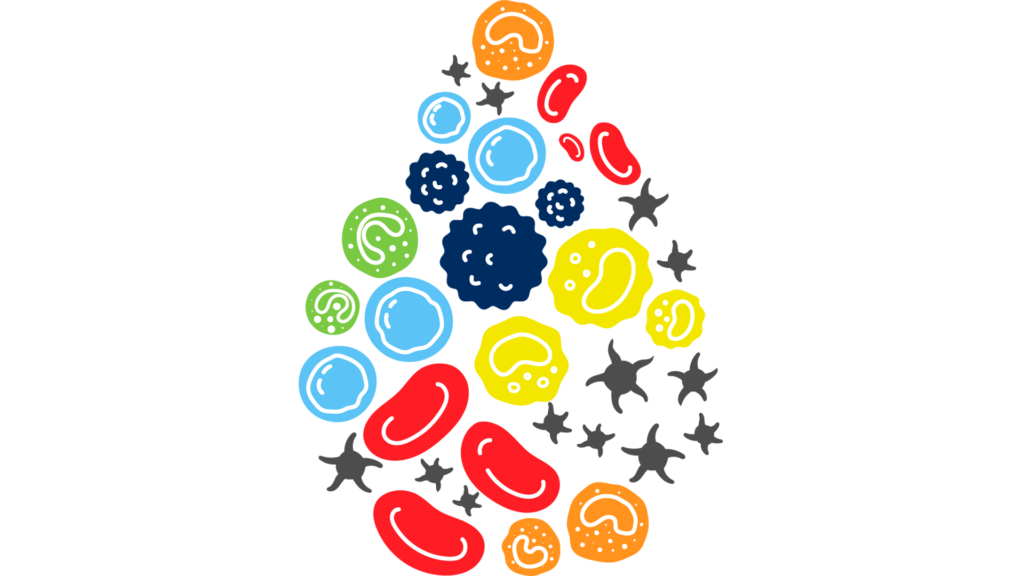Acute infectious diarrhea
Learning goals Compare and contrast the microbiologic etiologies of common infectious causes of watery diarrhea, inflammatory diarrhea, and toxin-mediated diarrhea Compare and contrast the epidemiology, pathogenesis, and microbiology of Vibrio cholerae, pathogenic Escherichia coli, Campylobacter jejuni, and non-typhoidal salmonella Describe the bacteriology, pathophysiology, complications and management of pseudomembranous colitis (Clostridioides difficile) Required pre-class materials E.Flo […]
Introduction to Climate Change and Mental Health
Climate change represents one of the greatest threats to human health in the 21st century. While much attention has focused on physical health impacts such as heat-related illness, respiratory disease, and vector-borne infections, the mental health consequences of climate change are increasingly recognized as substantial and far-reaching. critical insight After the physical devastation of climate […]
Integrating Climate Considerations Into Practice
Climate change represents a defining health challenge of our era, with profound mental health consequences. As future physicians, you will care for patients experiencing the full spectrum of climate-related psychological impacts. Be able to Explain mental health consequences Climate disasters produce: PTSD. Depression. Anxiety. Chronic stress. Eco-anxiety and solastalgia represent new forms of climate-related distress. […]
Knowledge Check
Questions These questions are for self-study only. Answers will not be evaluated or saved. Apply your knowledge of climate justice and clinical interventions. Question 1 An undocumented farmworker presents with anxiety and depression following crop failures from drought. Which factors create intersecting vulnerabilities for this patient’s mental health? (Select all that apply.) Explanation This patient […]
Physician-led Interventions and Community Resilience
We can’t treat patients’ asthma from wildfire smoke and ignore the anxiety that comes with watching their world change. Integrated care means addressing both. Physicians play crucial roles at multiple levels: Providing clinical care. Integrating mental health into disaster response. Promoting community resilience. Individual clinical interventions Validated screening tools PHQ-9: Depression screening GAD-7: Generalized anxiety […]
Surveillance and Monitoring
Effective public health response requires surveillance systems to track trends, identify vulnerable populations, allocate resources, and evaluate interventions. Why surveillance matters Climate-related mental health surveillance serves several critical functions: Early detection of emerging mental health crises before they become severe. Resource allocation to direct services where they’re most needed. Identification of vulnerable populations requiring targeted […]
Inequitable Burden of Climate-Related Mental Health Impacts
Those who have contributed least to climate change often suffer the most. This is a profound injustice we must address. Climate change does not affect all populations equally. The mental health consequences are profoundly shaped by existing social, economic, and environmental inequities. The climate justice framework Understanding differential vulnerability Mental health disparities emerge from multiple […]
Mental Health Consequences of Climate Change
Climate change affects mental health through multiple pathways, producing a spectrum of psychological responses ranging from acute trauma to chronic existential distress. Acute mental health impacts: Trauma and stress disorders Extreme weather events—hurricanes, floods, wildfires, and heat waves—can produce immediate and severe psychological trauma. Research evidence Systematic reviews of disaster mental health literature consistently document […]
Temporal and infratemporal regions; temporomandibular joint
Optional reading Clinically Oriented Anatomy, 7th ed., Temporomandibular joint section through Arthritis of TMJ. Temporal region Figure 1. Attachments of temporal fascia. GRAY’S ANATOMY FOR STUDENTS, FIGURE 8.138. Figure 2. GRAY’S ANATOMY FOR STUDENTS, FIGURE 8.139. The temporal fossa is the sunken area located on the lateral skull above the zygomatic arch. Boundaries Its floor […]
Hematopoietic System—Draft

Your introduction to the system (it can be written, or you can record a video). It doesn’t need to be very long. In case you need inspiration, here are some suggestions for what to include: How does this system relate to the one that has come before, and the one that follows? Why are certain threads […]